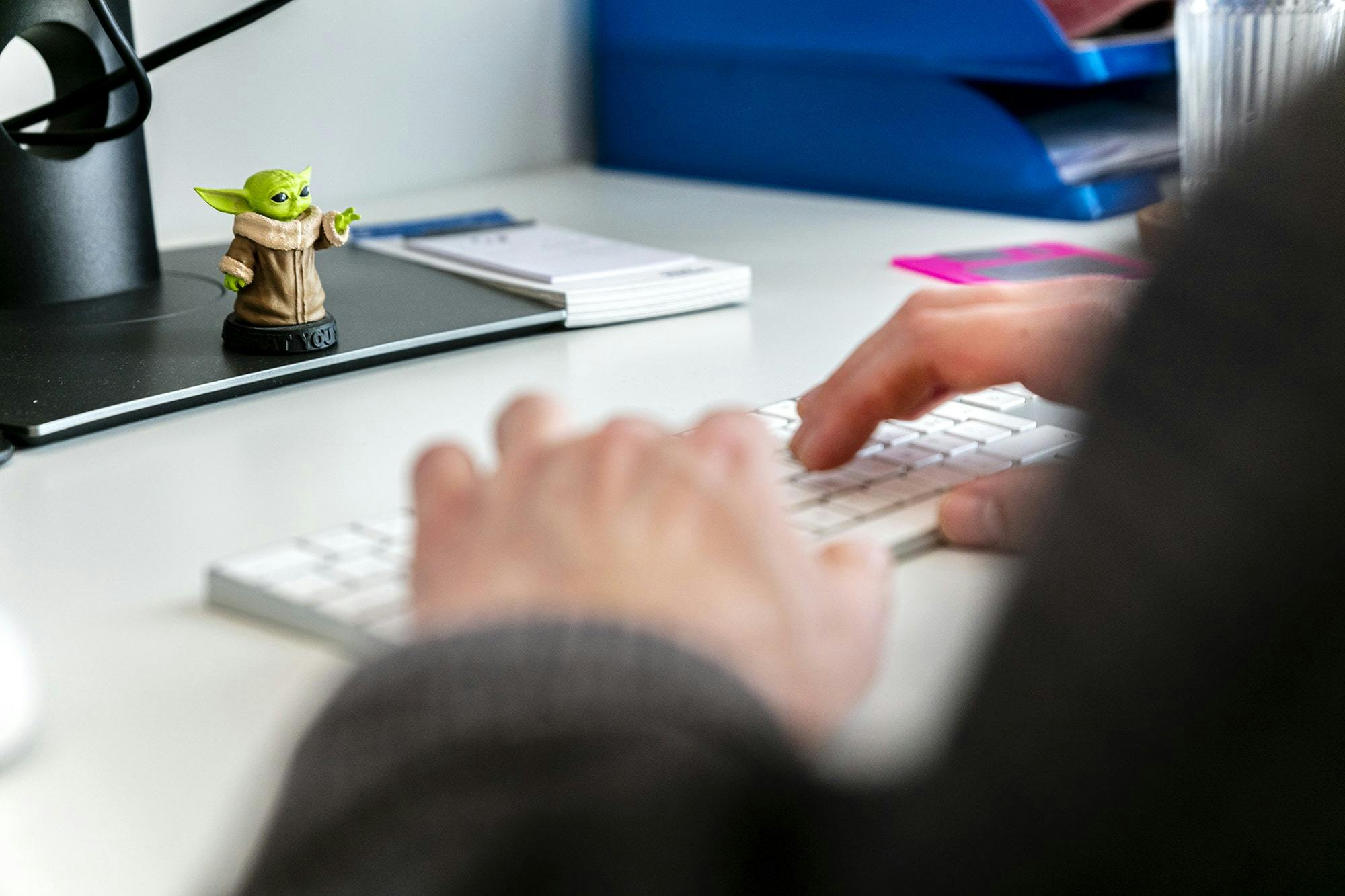
In this blog, we want to take a closer look at:
- What design systems are and how they can be built.
- What benefits and challenges are associated with these systems?
- We lift the veil on how we do it at PandaPanda.
Your Consistency Toolkit
Look at a design system as the unsung hero behind all your digital creations. It's your toolkit with all the design essentials that ensure your website or app always looks sharp and works smoothly. By using a design system, you also ensure that everything stays consistent and stylish on any platform, without having to start from scratch every time.
Think, for instance, of color palettes that help define your brand identity, or typography that builds readability but also fills your platform with personality. But also reusable user interface (UI) components such as buttons, forms, and icons that can be used in different parts of an application.
Besides all those visual elements, you will also find guidelines on how to use those elements in the right way. This way, all parties involved are on the same page, and, in fact, nothing can go wrong.
Don't shoot us if it does!
Why Do They Matter?
Imagine using a favorite app on your smartphone and then going to that website afterward. The brand, colors, buttons, and functionalities look completely different and have different functions. You don't scroll any further, do you?
If all those elements look identically the same on both platforms or use the same style, it makes for a seamless transition and familiar user experience. And that is precisely where designer systems excel.
Elevating Consistency, Creativity, and Collaboration
Consistency is invaluable in building your brand and boosting user trust. You reduce the chance of confusion and ensure better usability.
In addition, a design system also ensures a more efficient design process. Instead of designing the same button or color scheme over and over again, design systems give you more space to focus on innovative solutions.
Not only as a designer but also as a developer, you will benefit from a design system. As a developer, you don't have to tap on your designer's shoulder every time to redesign or approve every button or section. You start from what is in the design system and know that these elements can be used that way. So your workflow becomes a lot more efficient.
Tackling Challenges and Keeping Your Team in Sync
While they may seem like a godsend and offer us many benefits, design systems also come with challenges.
Design Systems need to be kept up-to-date to stay relevant. It can be challenging to ensure that changes are implemented consistently and promptly. Use a clear governance model and automate with regular audits and communication. If your company's goals change, you may need to adapt the design system to your new objectives. Not everyone is on board with the design system story from the first moment. So make sure all team members are included in this, and adhere to it. Not an easy task, but an important one!
When do You Stick to the Script and When do You Rewrite the Rules?
There are times when it's totally cool to break away from that design system, but then you have to be sure it's the right time!
Think of a project that has some unique requirements or you just want to experiment because your creative brain is overflowing. It could also be that different platforms need their specific touches while the essence of the design system needs to be preserved. Make that decision above by your project goals and to make your users happy.
The PandaPanda Way of Crafting Design Systems
Your design system can be built using different methodologies. One framework that may sound familiar to you is Atomic Design, by Brad Forst. His approach breaks down design elements into their smallest, fundamental components such as atoms, organisms, templates, and pages. But approaches like Google's Material Design also exist.
At PandaPanda, we prefer to put our own spin on it, how could we not? In our approach to design systems, we take a step-by-step approach:
-
Foundations: We provide a solid foundation, with clearly defined color palettes, typography, and other fundamental elements.
-
Components: Then we start building individual components. Think buttons, forms, navigation elements, and more. We make sure these are consistent in their design and functionality.
-
Patterns: We create repeatable design patterns that can be applied in different parts of any platform. This ensures that the design is consistent and easy to maintain.
-
Templates: Finally, we develop templates that shape the whole of pages and screens. These templates are based on foundations, components, and patterns.
This process ensures a solid, consistent, and efficient approach to design systems, which is essential for creating great user experiences.
Do you need a design system? Or are you stuck with other crazy design or development questions?
Plan a moment in our calendar for an online moment, or pop into our office!